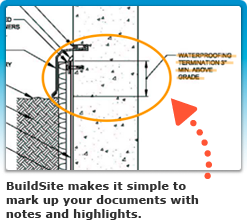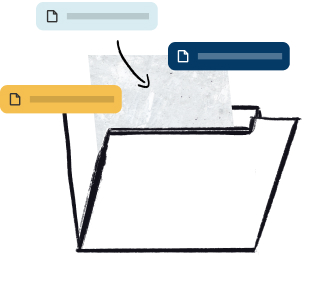Abstract
This specification covers hydrocarbon solvents, normally petroleum distillates, used in coatings and dry-cleaning industries. These solvents are also known as mineral spirits and as Stoddard solvents when used in dry cleaning. The following are the types of mineral spirits: Type I, Type II, Type III, Type IV, Class A, Class B, and Class C. The physical and chemical properties of mineral spirits shall conform to the requirements specified for: aromatic content, commercial reference, appearance, flash point, color, kauri-butanol value, bromine number, odor, doctor test, distillation, residue for distillation, copper corrosion, and apparent specific gravity. These properties shall be tested with the specified test methods.
This abstract is a brief summary of the referenced standard. It is informational only and not an official part of the standard; the full text of the standard itself must be referred to for its use and application. ASTM does not give any warranty express or implied or make any representation that the contents of this abstract are accurate, complete or up to date.
1. Scope
1.1 This specification covers four types of hydrocarbon solvents, normally petroleum distillates, used primarily in the coatings and dry-cleaning industries. “Mineral spirits” is the most common name for these solvents. They are also called “Stoddard Solvents” when used for dry cleaning.
1.2 For specific hazard information and guidance, see the supplier's Material Safety Data Sheet for materials listed in this specification.
1.3 The values stated in SI units are to be regarded as standard. The values given in parentheses are for information only.
1.4 The following applies to all specified limits in this standard; for purposes of determining conformance with this standard, an observed value or a calculated value shall be rounded off “to the nearest unit” in the last right-hand digit used in expressing the specification limit, in accordance with the rounding-off method of Practice E29.
1.5 The following hazard caveat pertains only to the test method portion, 6.1.10, of this specification. This standard does not purport to address all of the safety concerns, if any, associated with its use. It is the responsibility of the user of this standard to establish appropriate safety and health practices and determine the applicability of regulatory limitations prior to use.
Reproduced, with permission, from the ASTM International website, copyright ASTM International, 100 Barr Harbor Drive, West Conshohocken, PA 19428. To purchase the complete standard, go to http://www.astm.org/.



